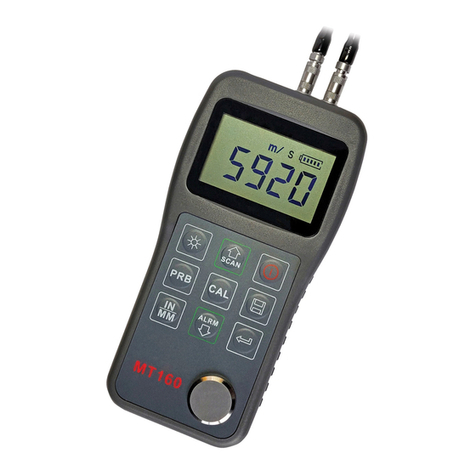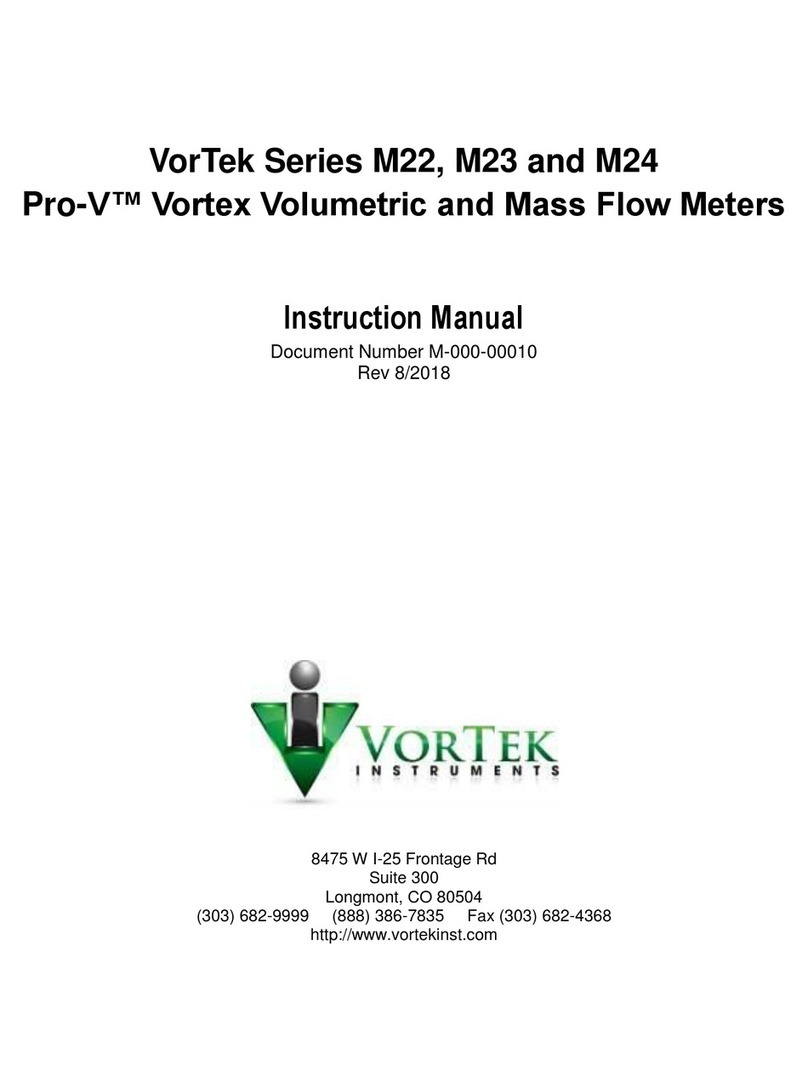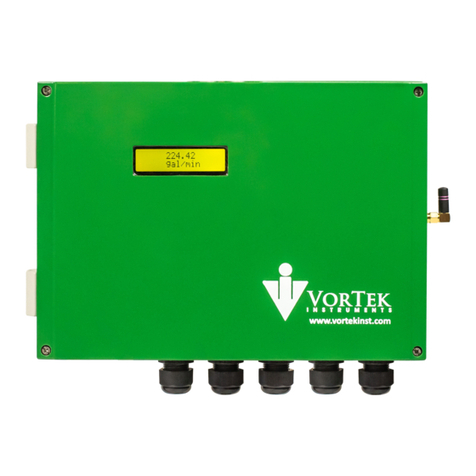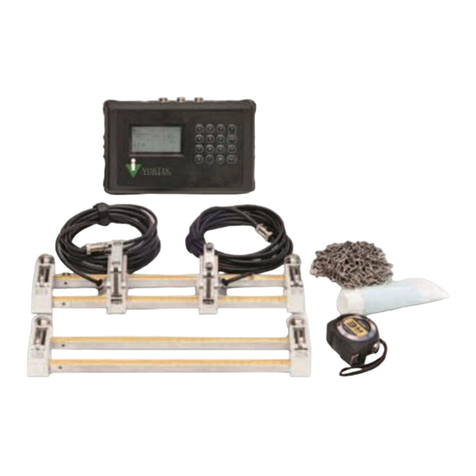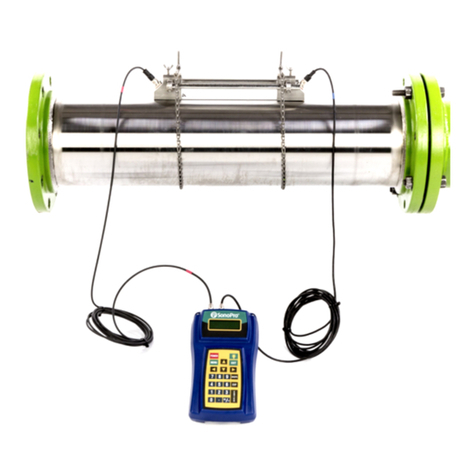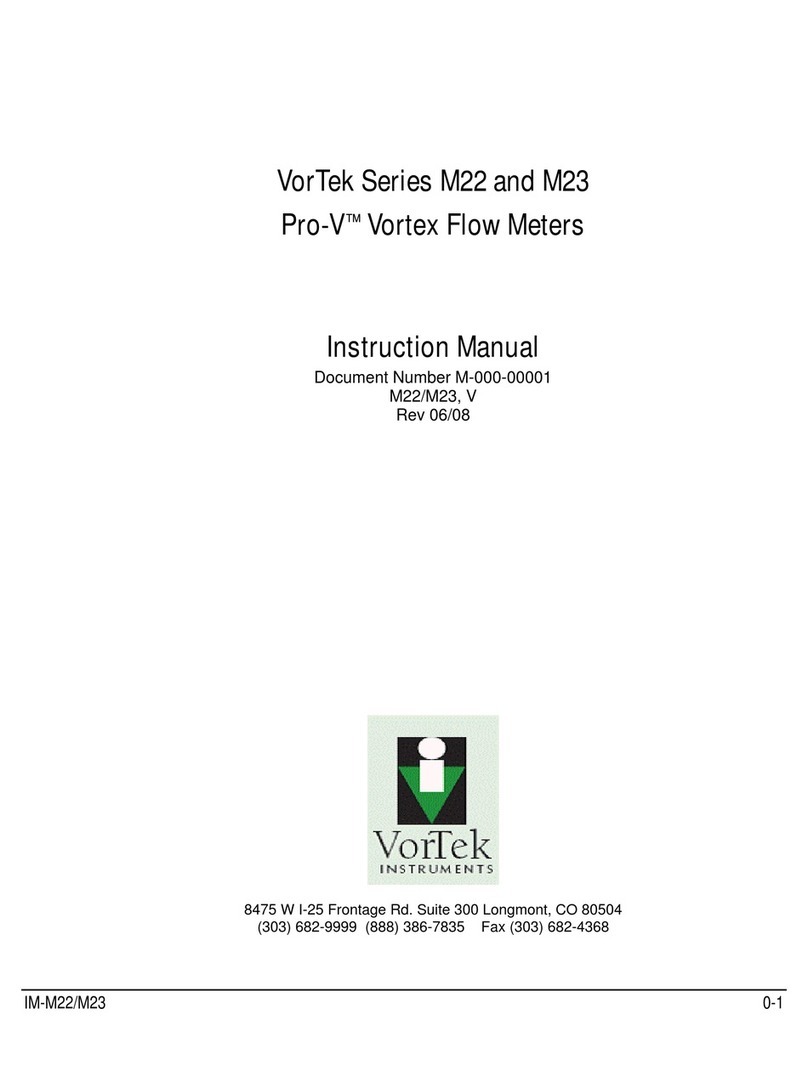
Alarm Output Connections ..........................................................2-32
Remote Electronics Wiring .........................................................2-33
OptionalInputElectronicsWiring.............................................. 2-34
Optional Energy EMS RTD Input Wiring .................................. 2-34
OptionalExternal4-20mAInputWiring...................................2-35
Optional Contact Closure Input Wiring ......................................2-36
Flow Meter Display/Keypad................................................................3-1
Start Up................................................................................................ 3-2
Using the Setup Menus........................................................................3-4
Programming the Flow Meter ....................................................... 3-5
Output Menu .................................................................................3-6
Display Menu ................................................................................3-8
Alarms Menu ................................................................................. 3-9
Totalizer #1 Menu .......................................................................3-10
Totalizer #2 Menu.......................................................................3-11
Energy Menu .......................................................................3-12
Fluid Menu.................................................................................. 3-13
Units Menu ..................................................................................3-14
Time and Date Menu ...................................................................3-15
Diagnostics Menu ........................................................................ 3-16
Calibration Menu .........................................................................3-17
Password Menu ...........................................................................3-18
HART Communications......................................................................4-1
Wiring ...........................................................................................4-2
HARTCommandswiththeDDMenu.......................................... 4-3
HARTCommandswithGenericDDMenu..................................4-4
MODBUS Communications................................................................ 4-7
Wiring ...........................................................................................4-7
Menu Items .................................................................................... 4-8
Register Definitions .....................................................................4-10
Hidden Diagnostics Menus..................................................................5-1
LevelOneHiddenDiagnosticsValues......................................... 5-3
LevelTwoHiddenDiagnosticsValues.........................................5-4
Analog Output Calibration ..................................................................5-7
Troubleshooting the Flow Meter .........................................................5-8
First Check Items................................................................................. 5-8
Record Values......................................................................................5-8
Determine the Fault .............................................................................5-9
Symptom: Output at no Flow ........................................................5-9
Symptom: Erratic Output ..............................................................5-9
Symptom: No Output ..................................................................5-11
Symptom:MeterDisplaysTemperatureFault............................ 5-12
Symptom:MeterDisplaysPressureFault...................................5-13












